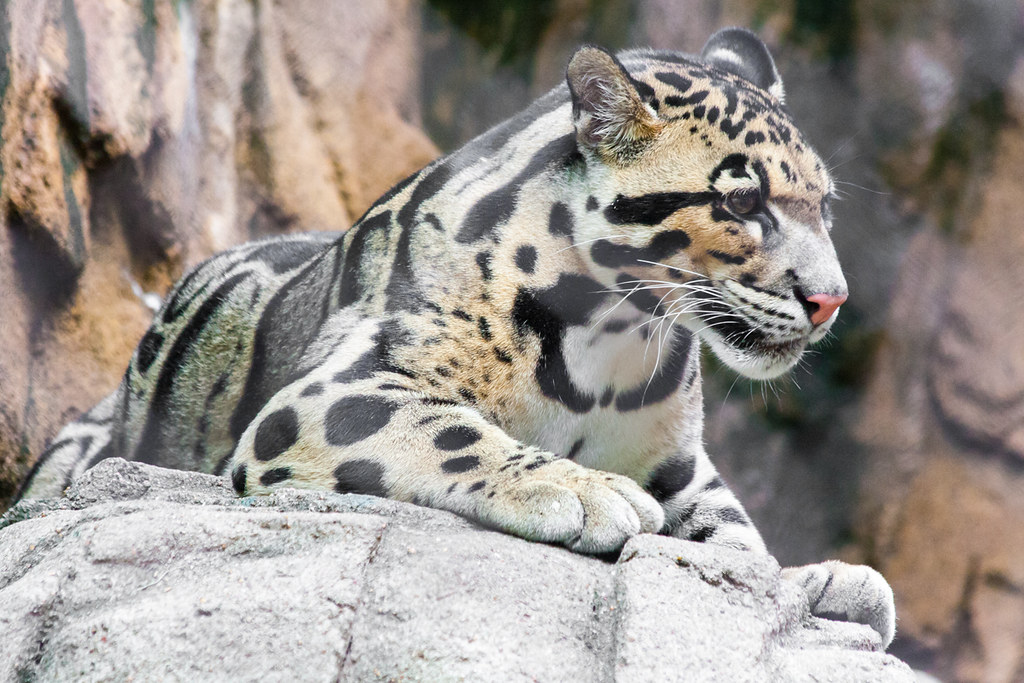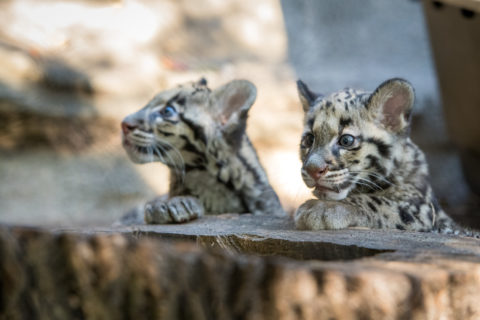Mysterious and Magnificent: A Closer Look at Clouded Leopards

Clouded leopards are some of the most elusive and awe-inspiring big cats in the animal kingdom. Named for their striking cloud-like spots, these cats aren’t true leopards but a distinct species with traits all their own. Smaller than many other wild cats, they typically weigh between 25 and 50 pounds, yet they have the longest canine teeth relative to body size of any wild cat—a feature that has earned them comparisons to saber-toothed tigers.
These solitary and tree-loving cats are native to the dense forests and foothills of Southeast Asia, including countries such as Nepal, Bhutan, Myanmar, Thailand, Malaysia, and parts of southern China. Their powerful build and flexible ankles allow them to climb down trees headfirst, hang from branches upside down, and even climb along the undersides of tree limbs—making them some of the best climbers in the cat family.
Unfortunately, clouded leopards are listed as Vulnerable on the IUCN Red List, with their populations declining due to habitat loss, poaching, and illegal wildlife trade. As their forests are cleared for agriculture and development, these secretive cats are pushed into smaller and more fragmented habitats, making survival more difficult.
Thankfully, organizations like the Houston Zoo are stepping up to help. The zoo is home to two clouded leopards, Nova and Luna, who serve as ambassadors for their species. Visitors can observe these graceful cats and learn more about their habits, challenges, and the ongoing efforts to protect them. Behind the scenes, the Houston Zoo actively contributes to clouded leopard conservation by supporting fieldwork in Southeast Asia, funding anti-poaching initiatives, and participating in breeding programs that help ensure genetic diversity in managed populations.
By raising awareness and connecting people to clouded leopards like Nova and Luna, the Houston Zoo is helping to ensure that these mesmerizing cats don’t vanish into the mist. A visit to the zoo not only offers a chance to see these rare animals up close—it’s also a step toward securing their future in the wild.

Nova and Luna when they turned one at the Houston Zoo back in 2020. Photo Credit: The Houston Zoo